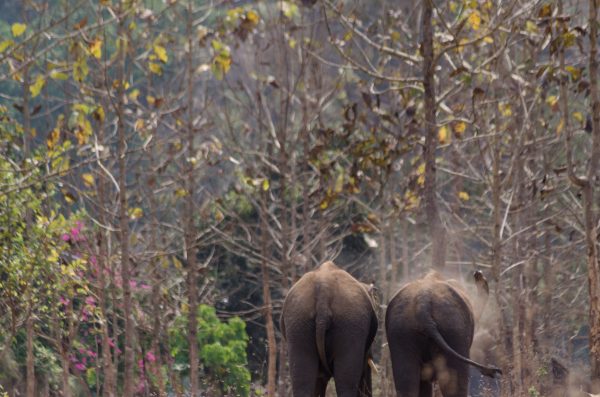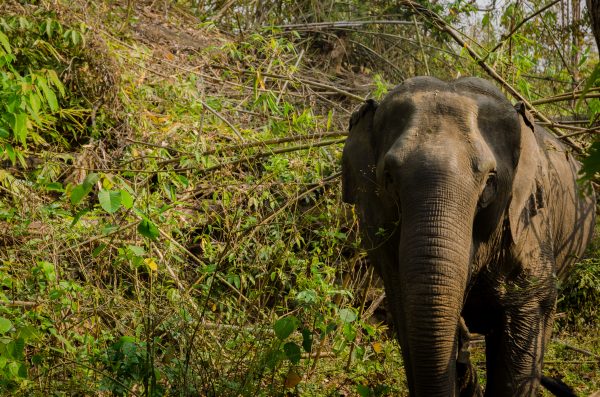Friendships
Friendships
In many species, individuals form long-lasting relationships, which can be called “close associations”, “good relationships”, or “friendships”. Though the term “friendship” is mostly used to describe close associations in humans and carries an anthropomorphic touch, it slowly becomes more accepted in the non-human behavioural biology literature. That is, because both human friendships and animal good relationships share many underlying factors and are ultimately beneficial. The ultimate benefits of having friends are e.g. increased likelihood of cooperation between friends, enhanced physical and psychological well-being and enhanced survival and fitness.
It has been shown that some individuals in e.g. horses, hyenas, dolphins, monkeys, chimpanzees and elephants form friendships that can last for several years. Often, friendships are formed between related individuals, but not exclusively so. We know from the oozies who we work with that their elephants often have preferred partners they spend time with. For this reason we got interested in why some elephants do not have friends, while others have many. Many questions arise when thinking about elephant friendships.

Questions
Why are some elephants living a solitary life? Why have some elephants more friends than others? How is the number of friends an elephant has related to its stress levels and its health? Is there a fitness benefit of having friends? Do elephants prefer friends who exhibit similar traits to themselves? Are friends more related with each other than with other conspecifics in the camps?

How
We perform questionnaires, asking the oozie if their elephant is solitary or has friends. If the elephant has friends we ask how many and who they are. Oozies know their elephants best and spend lots of time with them. Therefore they know well with which other elephants their own elephant interacts and spends most time with. These elephants are then considered to have good relationships or friendships. We also record information on the elephants’ age, sex, origin, stress levels, health, fitness, work group information and relatedness.

Findings
A preliminary analysis showed that male elephants are more often solitary than female elephants, wild-captured individuals are less likely to be solitary than captive-born individuals, older elephants are more likely to be solitary and the larger the work group the focal individual is in the less likely it is solitary. Also, female elephants have more friends than male elephants and old individuals have less friends than younger elephants. We also constructed small networks to visualize friendships of individuals within camps.
Watch this space in the future for more exciting research and results on elephant friendships!
